No products in the cart.
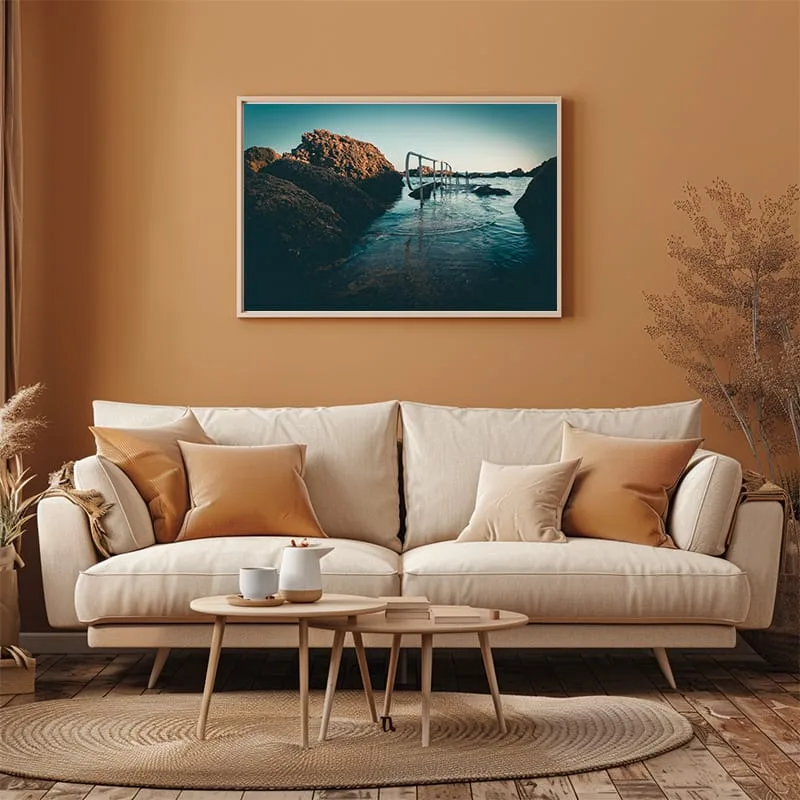
As our loved ones age, creating a space that promotes comfort, dignity, and happiness is paramount. In elderly care homes, personalising living spaces can make a profound difference in how individuals feel about their environment. One way to achieve this is through the thoughtful use of wall art. Wall art not only enhances the aesthetic of a room, but it can also improve the emotional and mental well-being of elderly individuals.
In this article, we explore the significant role that art plays in transforming elderly living spaces, offering solutions that go beyond simple decoration. We will discuss how personalized artwork, especially Maltese-themed pieces, can create a more nurturing and enjoyable environment for the elderly, whether they are living independently, in assisted living, or long-term care facilities.
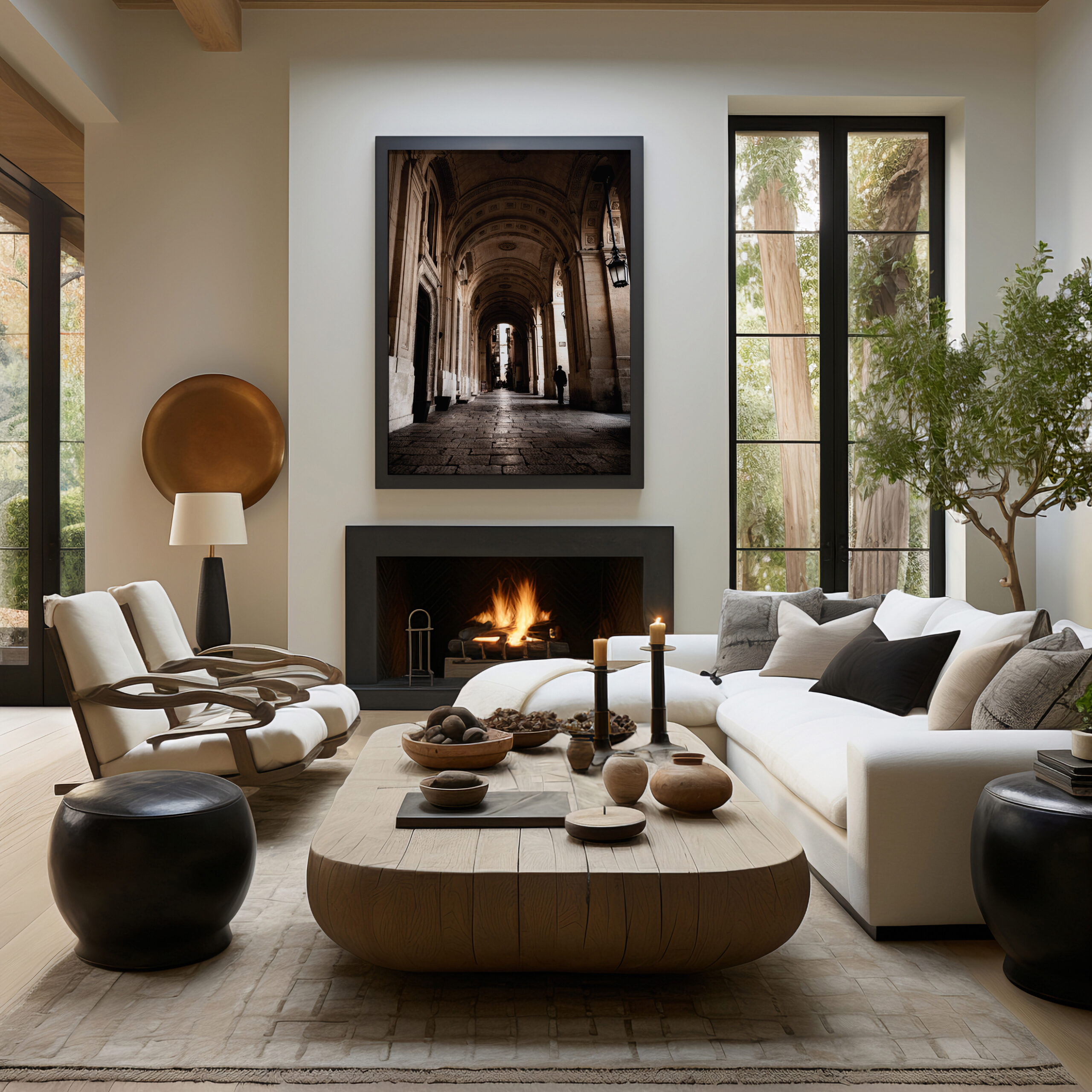
The Role of Art in Elderly Care
Art has long been recognized for its therapeutic benefits, especially in elderly care. Research shows that exposure to art and creative stimuli can significantly improve the quality of life for older adults. It can reduce feelings of isolation, depression, and anxiety while fostering a sense of connection to the outside world.
For the elderly, art can act as a bridge to cherished memories, helping them recall their past experiences, happy moments, and familiar places. This is particularly true for those living with dementia or Alzheimer’s disease, where familiarity and comfort are essential to emotional stability. Incorporating art into their environment can provide mental stimulation and enhance cognitive function.
In addition to psychological benefits, art can also serve as a form of expression for elderly individuals. For many, especially those in long-term care, verbal communication may become difficult over time. Art can provide an alternative outlet for expressing emotions and can promote a sense of autonomy and control over their surroundings.
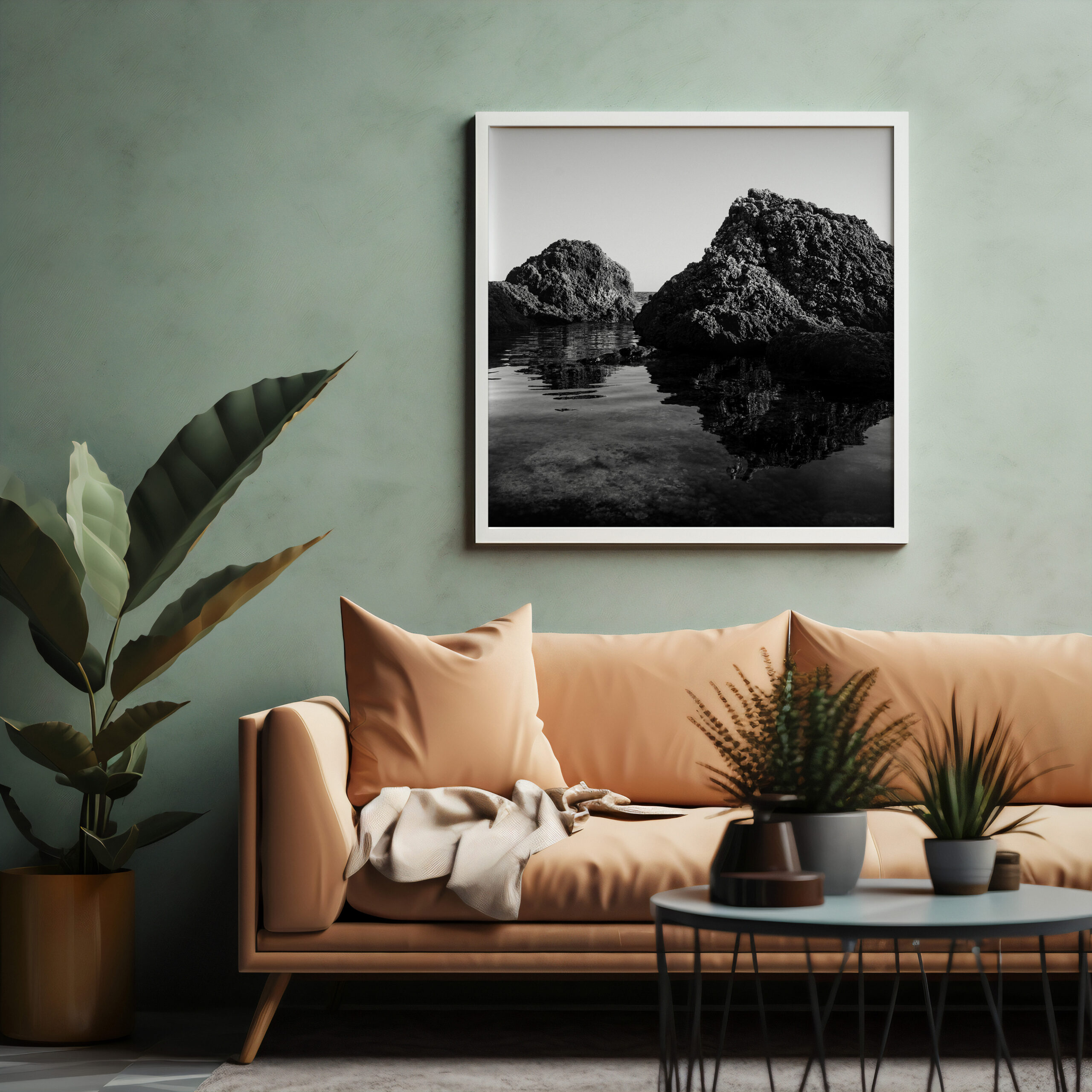
Personalized Art: Bringing Nostalgia into the Home
Personalization is key when designing living spaces for the elderly. The inclusion of personalized artwork can evoke a sense of nostalgia, making residents feel more at home and connected to their past. This is especially important in care homes, where residents may feel detached from the world they once knew. Personalized artwork—whether it’s photographs of loved ones, landmarks, or places with special meaning—can create a comforting atmosphere and ease the transition into a new living environment.
For example, showcasing images of local Maltese landmarks or family portraits can foster a strong sense of place and belonging. If a resident has spent much of their life in a particular area, artwork that reflects the local culture or even images of their old neighborhood can bring back precious memories and help them feel more grounded.
Incorporating local Maltese art or photography into the living space is particularly meaningful in Malta, where traditions, history, and landscapes are deeply rooted in the culture. Whether it’s a photograph of the majestic Mdina walls, the calm waters of the Blue Lagoon, or the vibrant streets of Valletta, these artworks offer a direct connection to the island’s rich heritage.
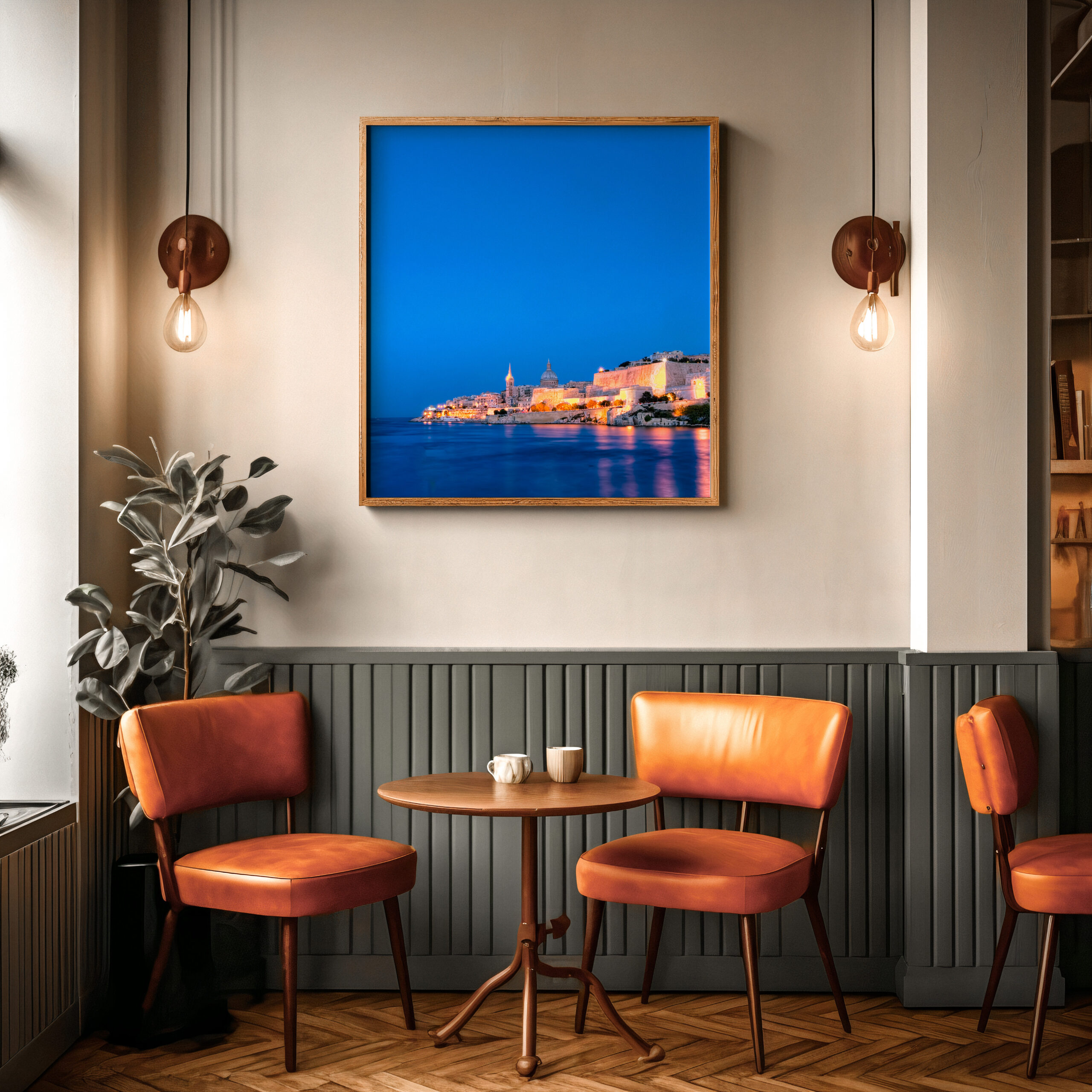
The Psychological Impact of Color and Themes
The choice of colors and themes in art is another critical factor in elderly care home environments. Colors can have a significant effect on mood and emotional well-being. Soft, calming tones like blues, greens, and pastels are often chosen for elderly living spaces because they promote relaxation and tranquility. These colors can reduce stress and anxiety, creating a peaceful and soothing atmosphere. On the other hand, brighter colors like yellow and orange can evoke feelings of happiness and energy, though they should be used in moderation.
The themes of the art displayed also play an important role in setting the mood. Landscapes, nature scenes, and serene visuals often work best in spaces where elderly residents spend a significant amount of time. These types of images promote relaxation and give the room a spacious, open feel. More intimate themes, like images of family gatherings or past events, create a sense of connection to personal histories.
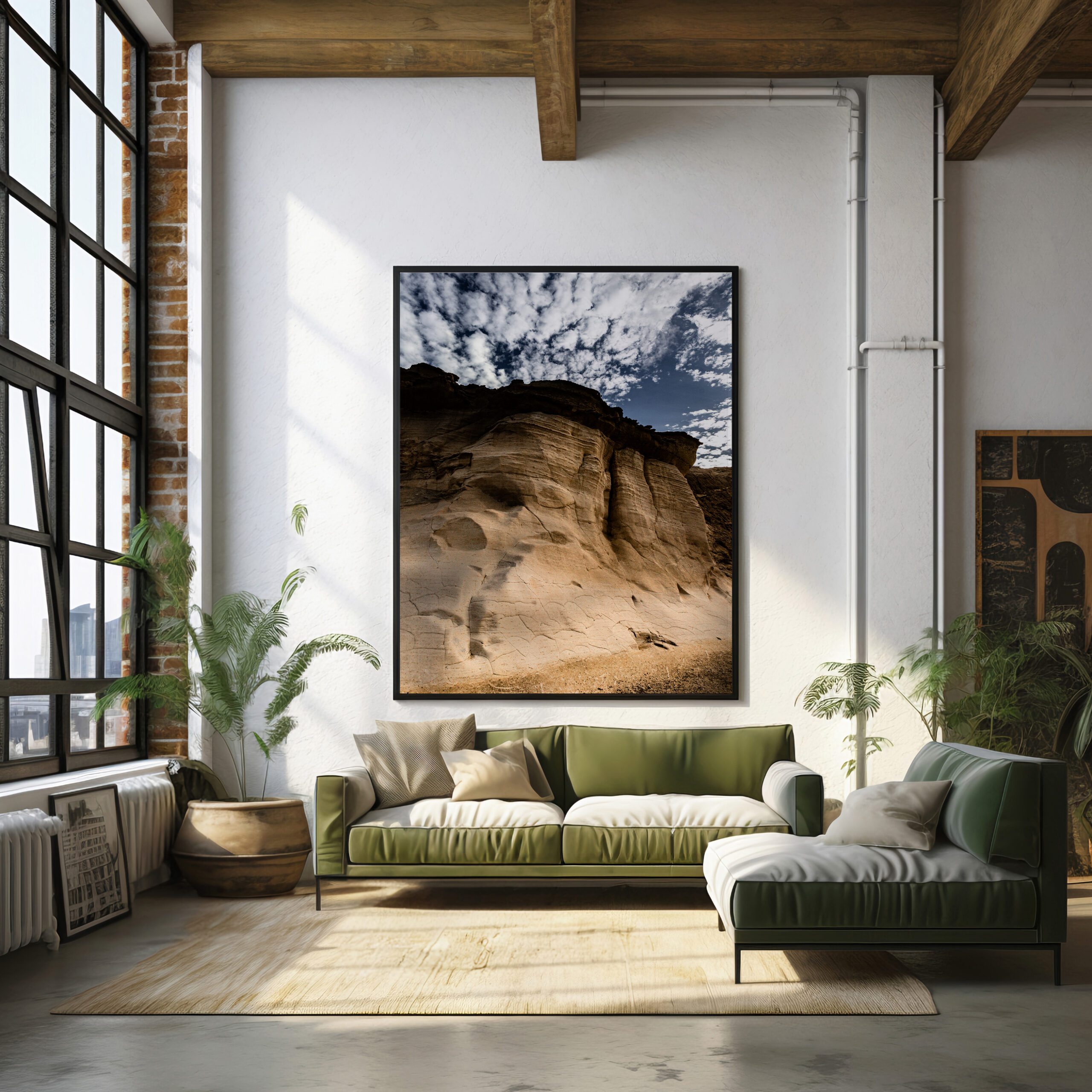
Art and Dementia: A Therapeutic Approach
For those living with dementia or Alzheimer’s disease, the therapeutic effects of art are especially valuable. Studies have shown that exposure to art can help decrease agitation and aggression in patients with dementia. Art can also serve as a tool for memory recall, helping patients engage in meaningful activities that stimulate cognitive function.
When selecting artwork for individuals with dementia, it’s important to consider the types of images that will elicit positive memories. For instance, images of familiar places or objects from the past—like a photo of a childhood home or a beloved pet—can trigger emotional connections that bring comfort. Familiar faces, such as family members, friends, or former colleagues, also help to maintain identity and promote feelings of connection.
For those with advanced dementia, using art with bold colors or simple, geometric shapes can be stimulating and help improve focus. Avoid overly complex or abstract pieces, as they might be difficult to interpret and could cause confusion. Instead, focus on images that are clear, vivid, and emotionally evocative.
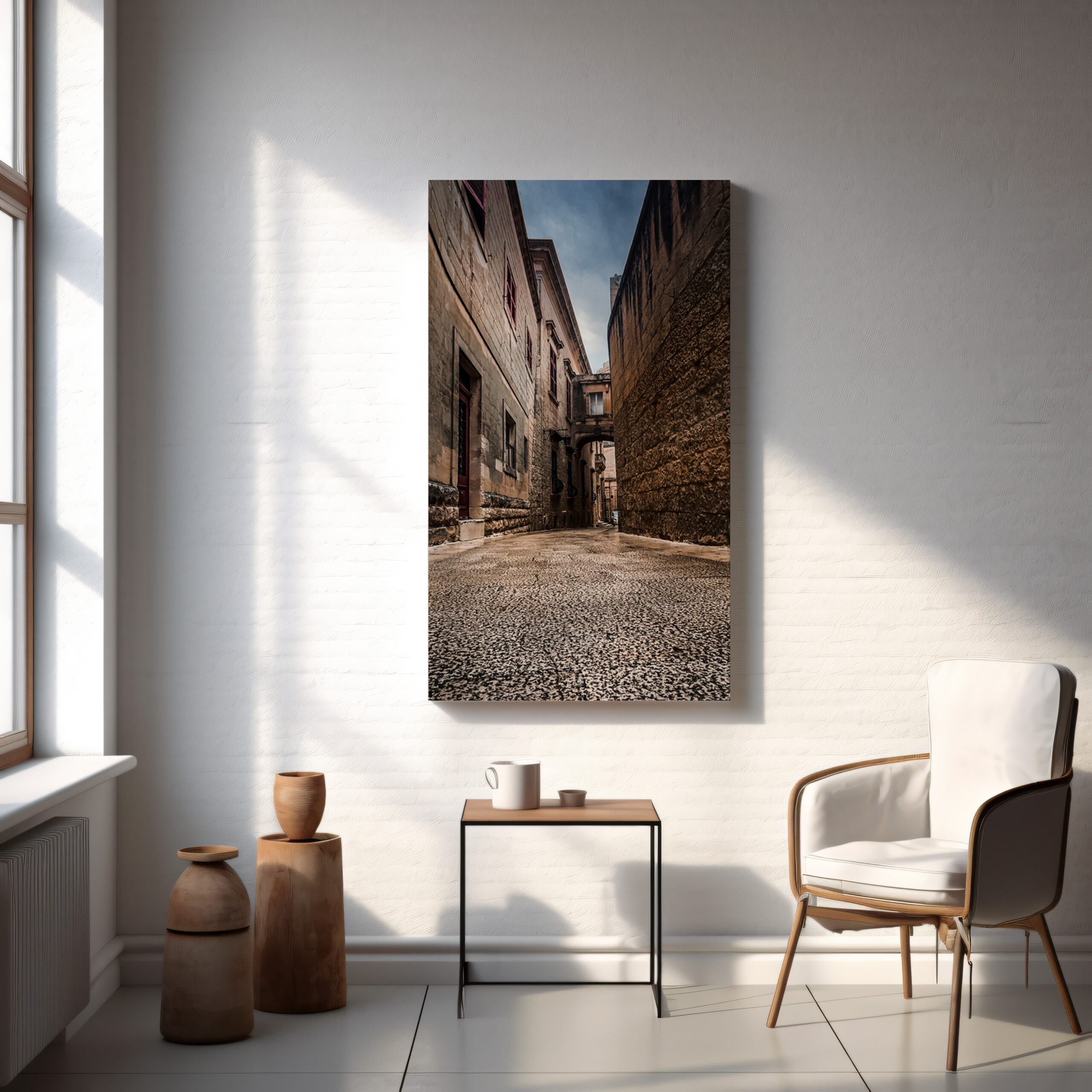
Light, Lightweight Art for Safety and Accessibility
In elderly care environments, safety and accessibility are always top priorities. When choosing artwork for elderly living spaces, it’s essential to consider the weight and mounting options. Heavy frames can be dangerous if they fall, so opting for lightweight materials such as canvas prints or acrylic glass is a safer choice.
Additionally, the placement of artwork should be carefully considered. Art should be hung at eye level to ensure it’s easily visible and doesn’t require the resident to strain their neck or eyes. Avoid placing art in areas where it may be exposed to excessive sunlight, as this can cause fading and damage over time.
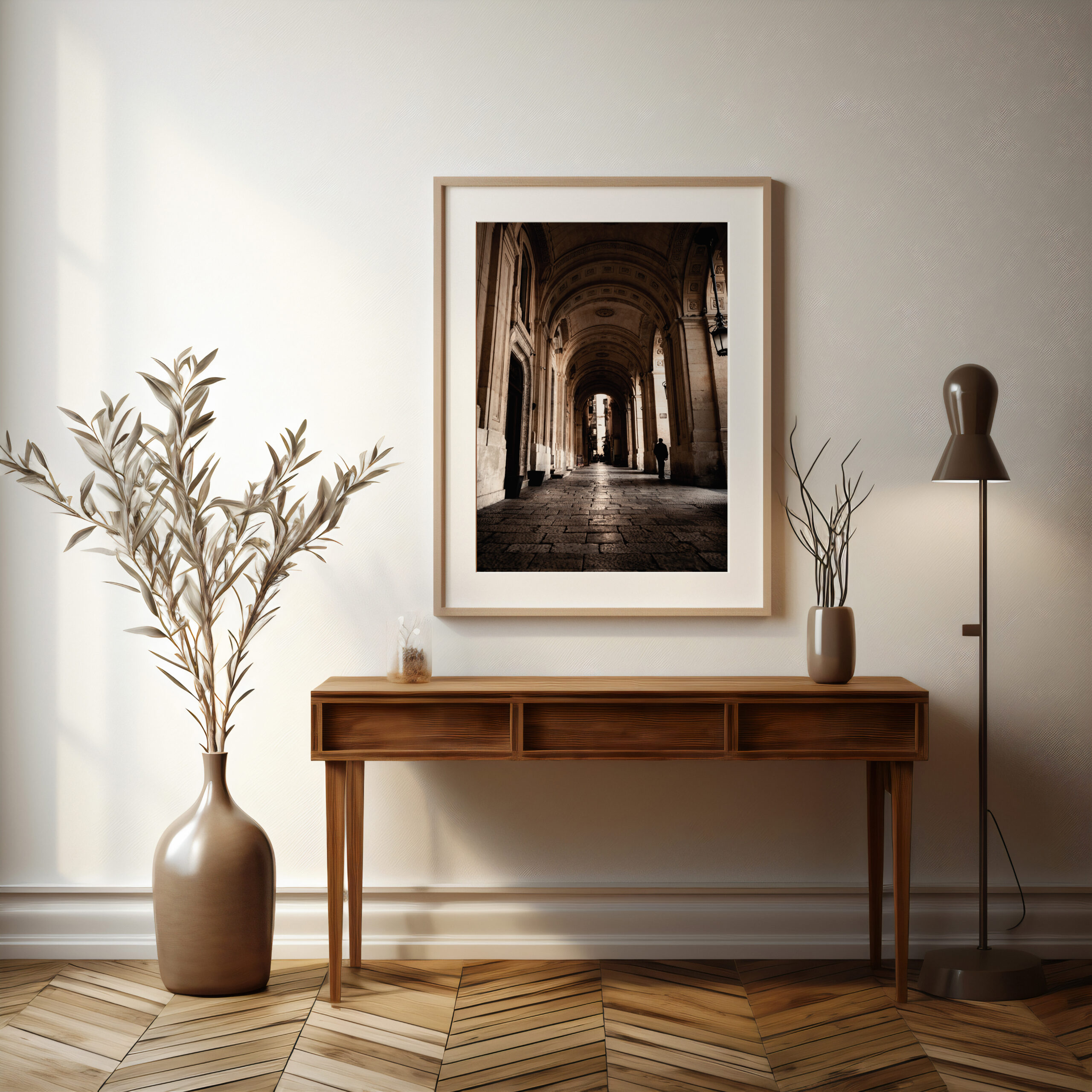
Examples of Transformative Art for Elderly Spaces
When it comes to selecting the right pieces for elderly living spaces, there are many possibilities. Below are a few ideas that can transform a room into a more welcoming and uplifting environment:
- Maltese Landmarks: Framed photographs of iconic Maltese sites, such as the Azure Window, the Citadel in Gozo, or the Grand Harbour, can provide a sense of nostalgia and connection to the local culture.
- Nature and Landscape Photography: Serene images of nature—whether it’s a tranquil beach scene or a blooming garden—can help create a peaceful atmosphere and reduce stress.
- Family Portraits: Custom portraits of family members, children, or pets are personal and meaningful, fostering a sense of identity and connection for elderly individuals.
- Abstract or Minimalist Art: For those with advanced dementia, abstract art with simple patterns and contrasting colors can be visually stimulating without being overwhelming.
- Local Maltese Art: Incorporating traditional Maltese art, such as hand-painted ceramics or woven textiles, can bring a sense of pride and cultural identity into the space.
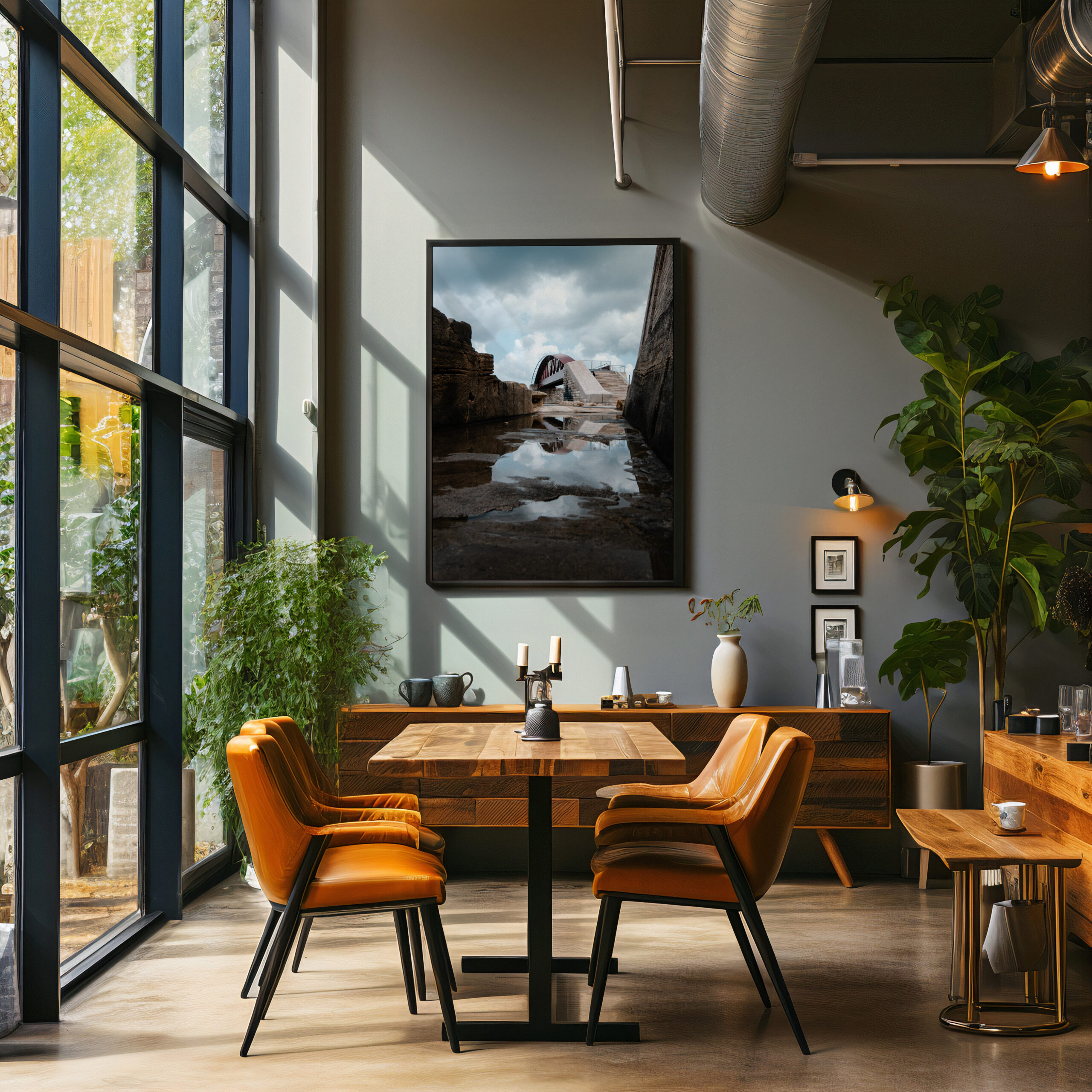
The Benefits of Art in Elderly Care Homes
he positive effects of art in elderly living spaces are numerous and wide-ranging. These include:
Improved Mental Health: Art has been shown to reduce symptoms of depression and anxiety, providing emotional relief for elderly residents who may be feeling isolated or disconnected.
Enhanced Social Interaction: Art can be a conversation starter, encouraging residents to share stories and memories with one another. Group art activities, such as painting or creating collages, can promote socialization and collaboration.
Increased Sense of Identity: Personalized artwork can help elderly individuals maintain their sense of self and connect with their personal history. It reinforces memories of loved ones, places, and experiences that define who they are.
Cognitive Stimulation: Engaging with artwork can help stimulate cognitive functions, especially in individuals with dementia. It provides an opportunity for creative expression and mental engagement.
Aesthetically Pleasing Environments: Above all, well-chosen art enhances the aesthetics of a living space, creating an environment that feels more comfortable, homey, and inviting.
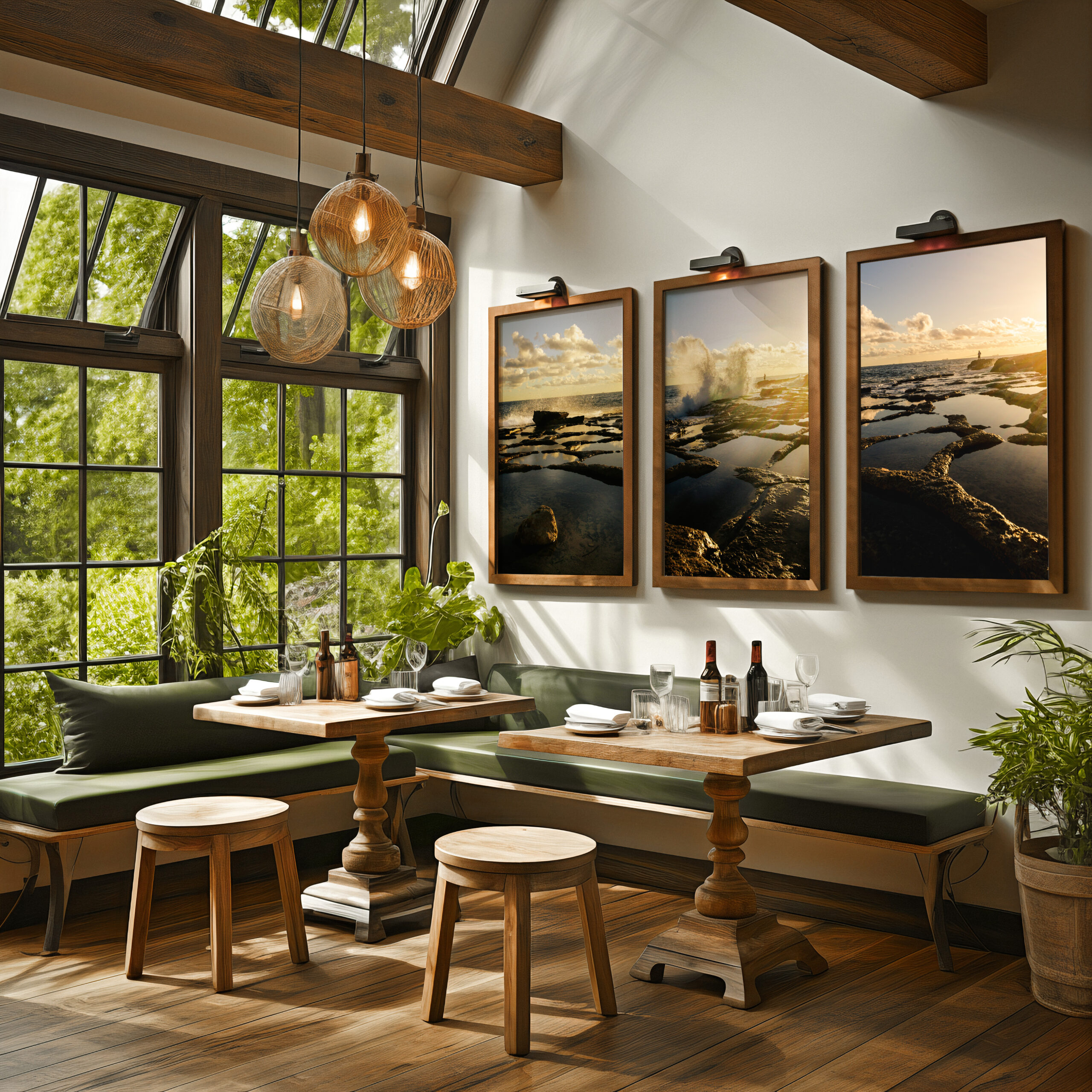
Conclusion
Transforming elderly living spaces with personalized art is a powerful way to enhance the well-being of residents. Through thoughtful selection of artwork that resonates emotionally, mentally, and culturally, we can create an environment that promotes relaxation, happiness, and connection to the past. Whether it’s local Maltese landmarks, serene nature scenes, or personal family portraits, art has the ability to uplift, stimulate, and comfort elderly individuals, improving their quality of life in profound ways. At il-bordura.com, we believe in the power of art to transform living spaces and make a positive impact on the lives of elderly individuals.
By incorporating artwork into elderly care homes, we provide more than just decoration. We offer an opportunity for emotional connection, mental stimulation, and a sense of home. It’s time to embrace the transformative power of art in elderly living spaces and create environments that are not just visually appealing, but emotionally nurturing as well.


